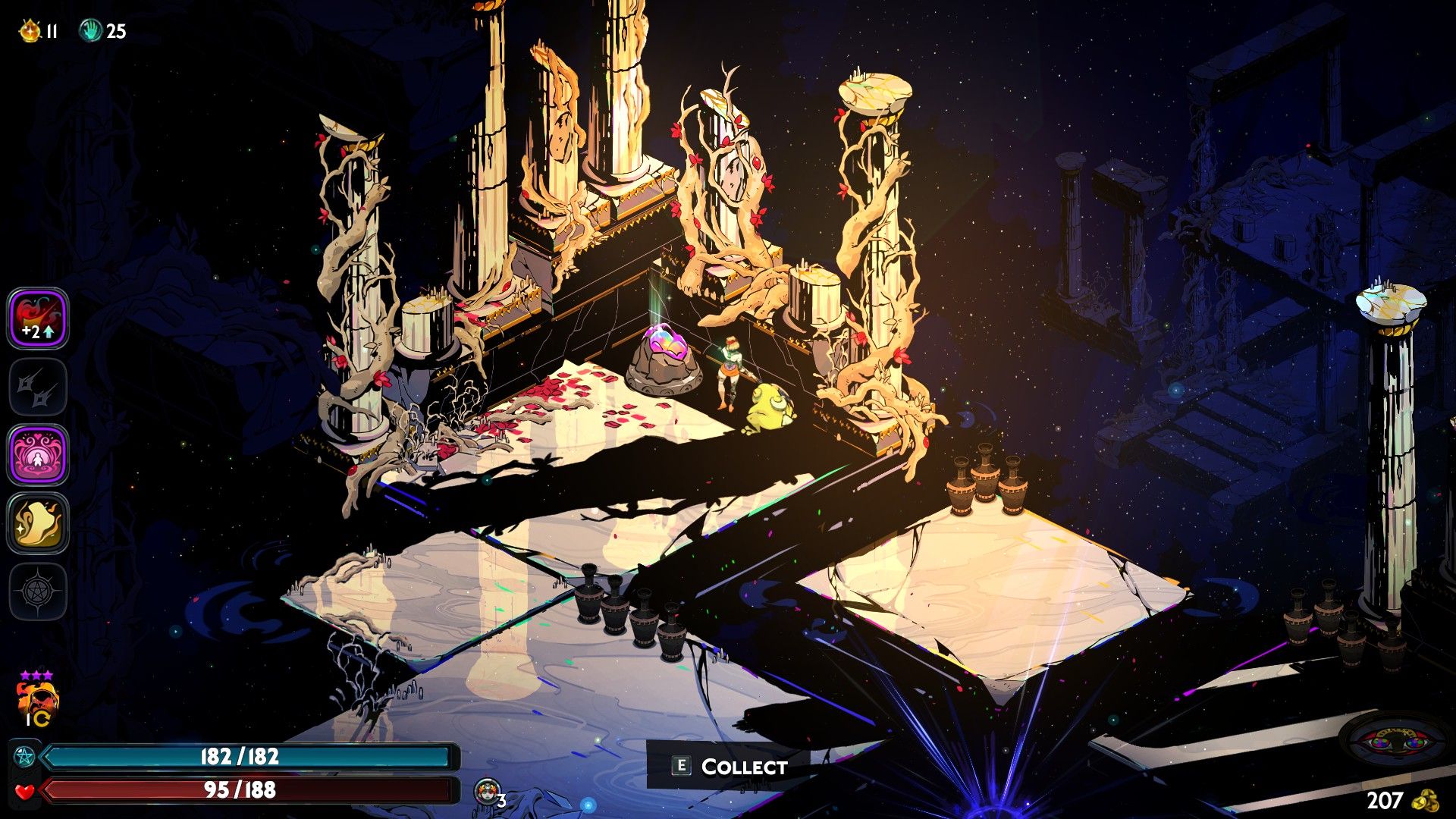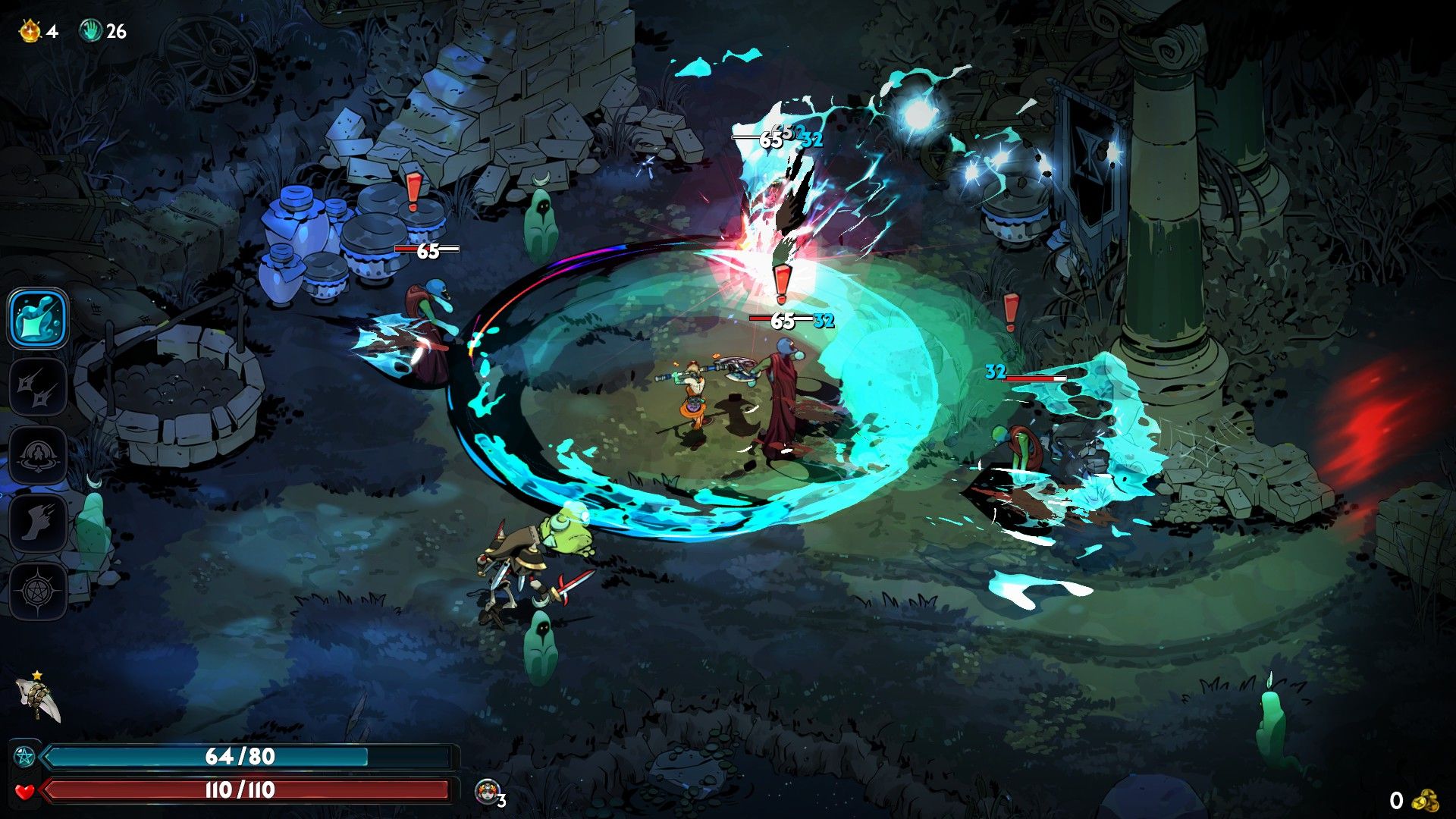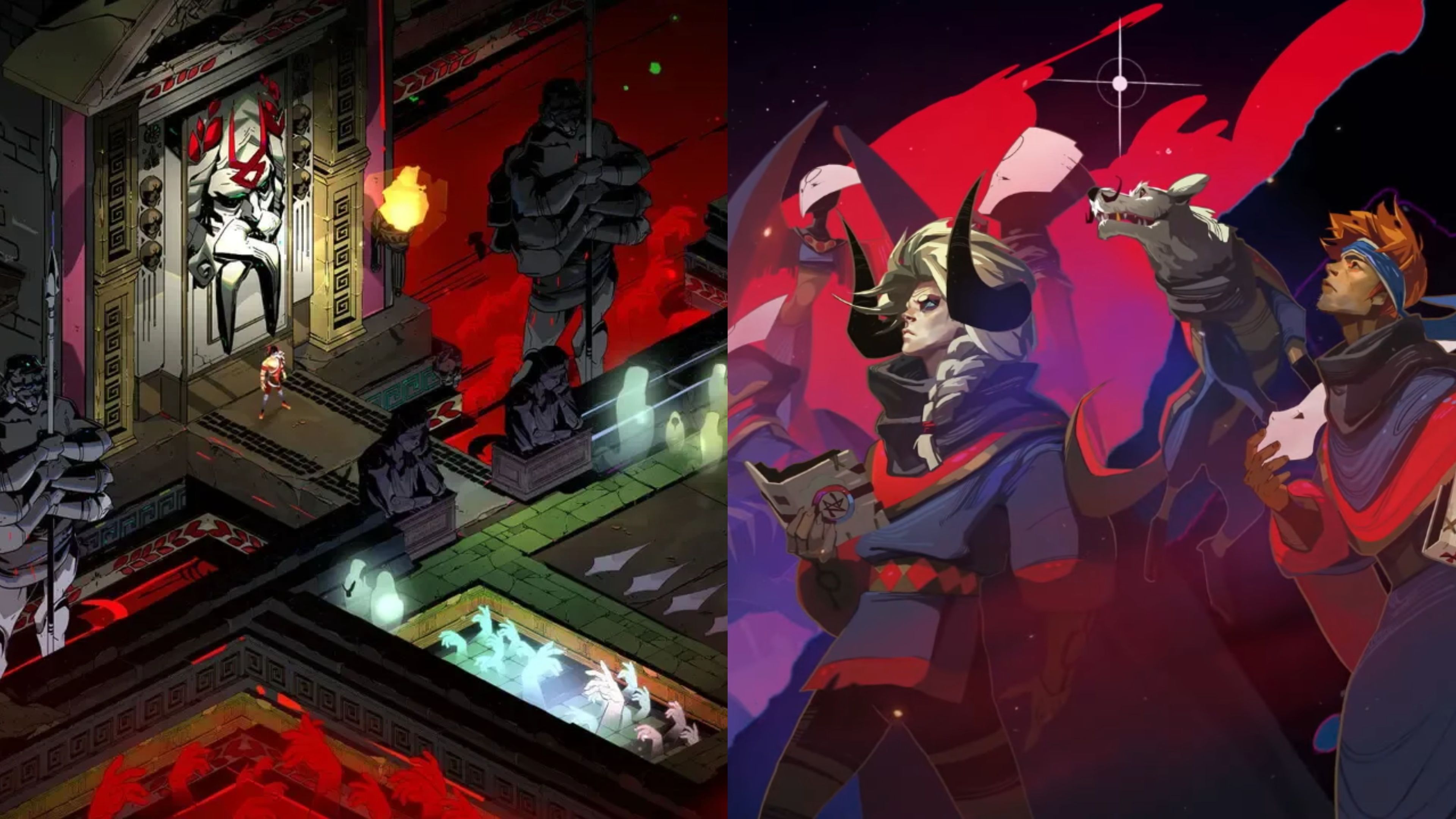
Supergiant Games is now a highly admired studio in the independent game world. Each of their games has a unique feel, artistic style, and pacing, but they’re all made with incredible care and precision. When Bastion first came out in 2011, it established the signature style of Supergiant games, featuring a captivating atmosphere, polished gameplay, and a story that responds to the player. Transistor slowed things down and focused on themes of loss and remembrance, while still offering strategic gameplay. Pyre took a different approach, moving away from typical combat to create battles that felt like competitive sports centered around the idea of freedom. Then came Hades, which revolutionized the roguelike genre by blending fast-paced action with evolving character relationships and a continuing storyline. Hades II continues to build on this success, offering a more somber mood and a new focus on mythology.
Listing these games isn’t just about picking a favorite. It also demonstrates how the development studio and its creative vision have evolved. Every game took risks and innovated, experimenting with new combat styles, game mechanics, and narrative approaches. From their initial release to their most recent work, Supergiant Games has consistently proven that compelling storytelling and engaging gameplay can improve *together*, as you’ll discover below.
Bastion
Introduced Supergiant’s Voice, Visuals, & Foundations For Greater Things
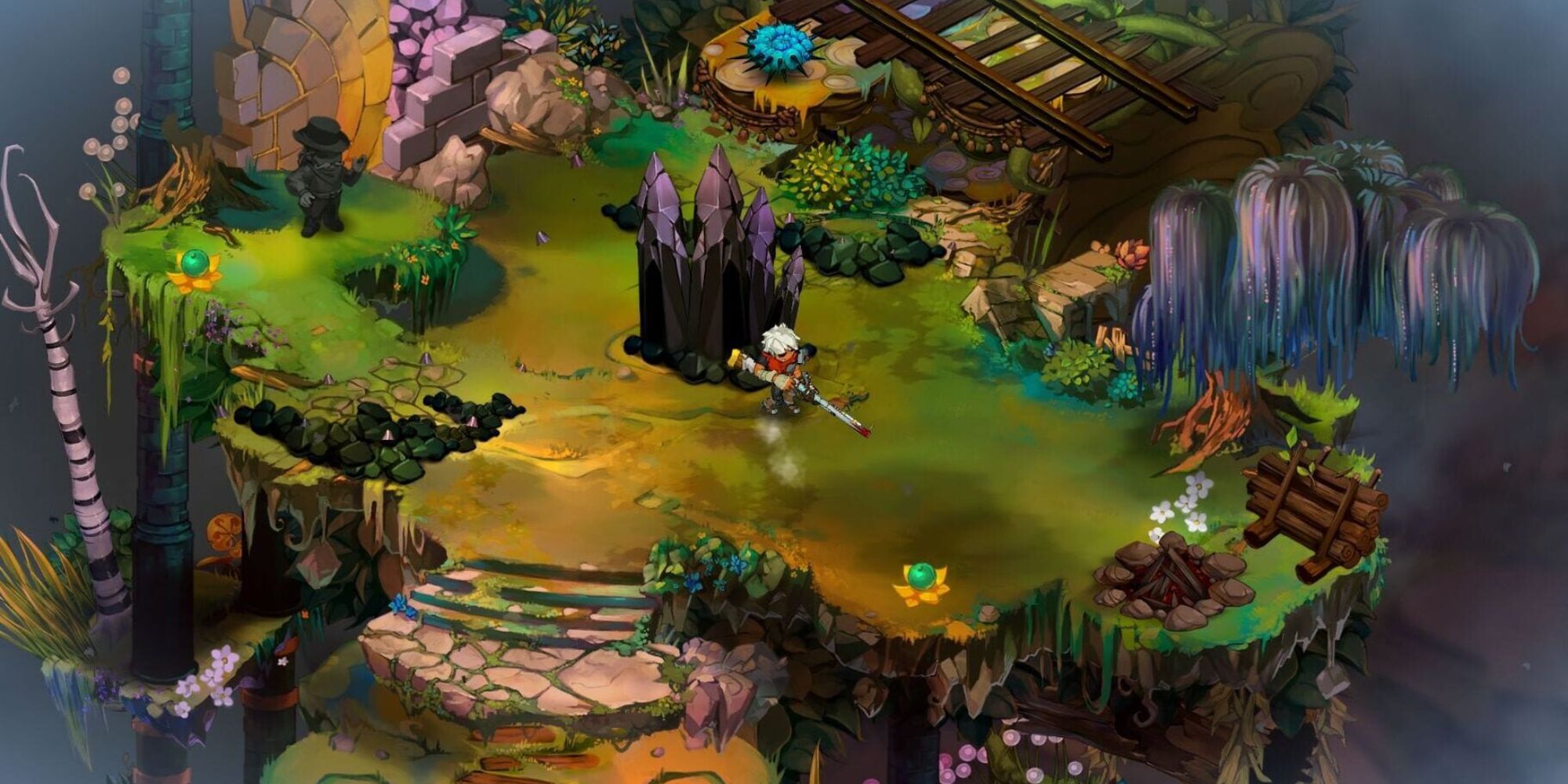
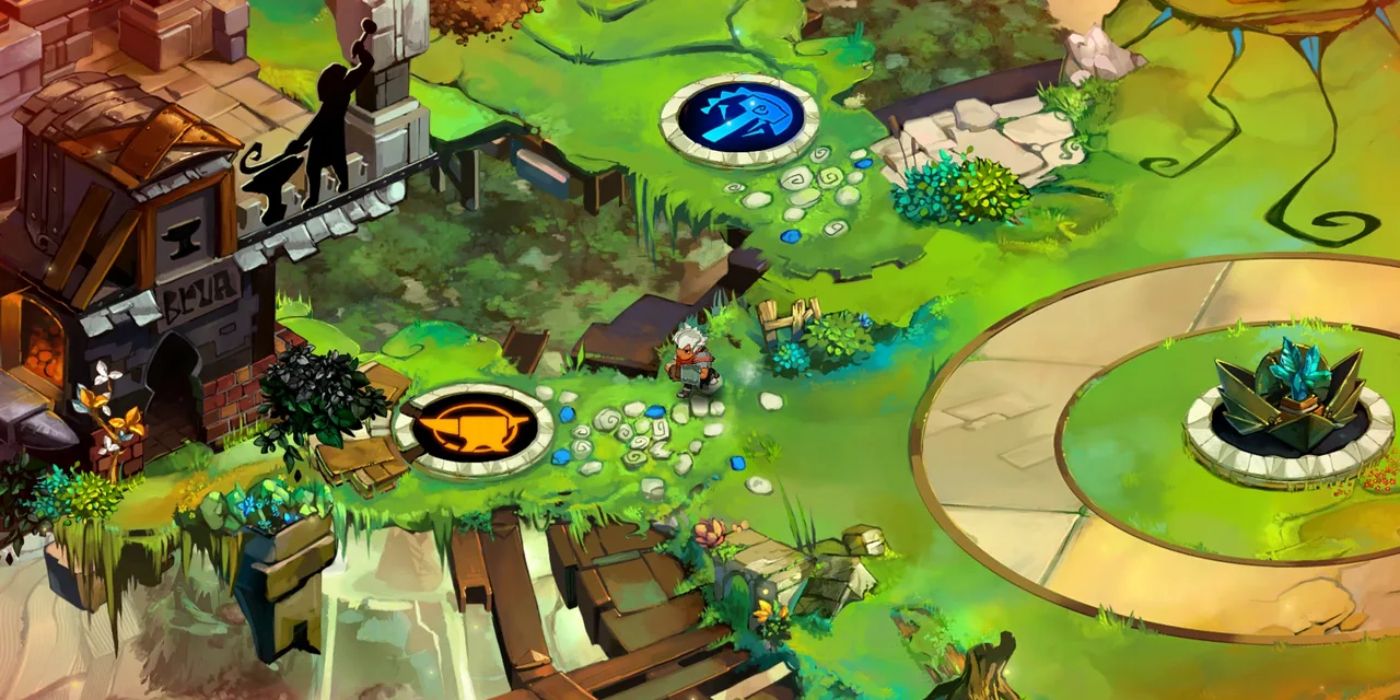
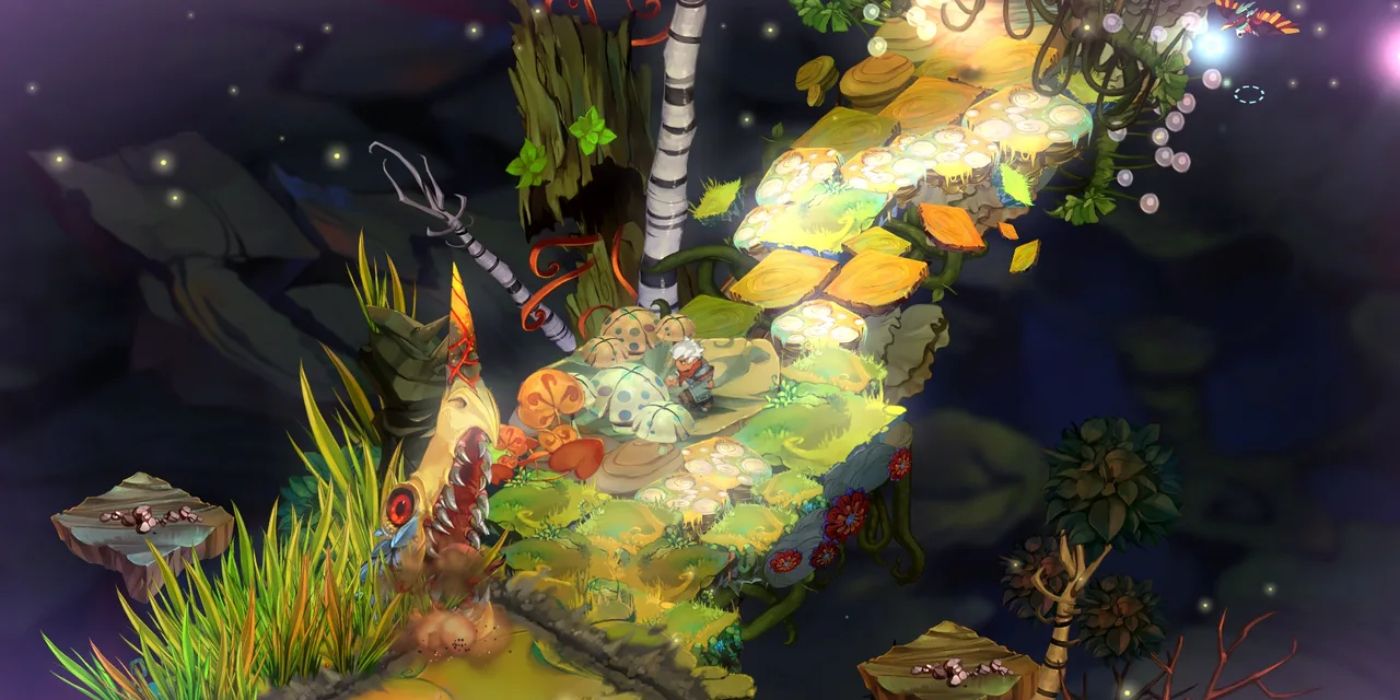
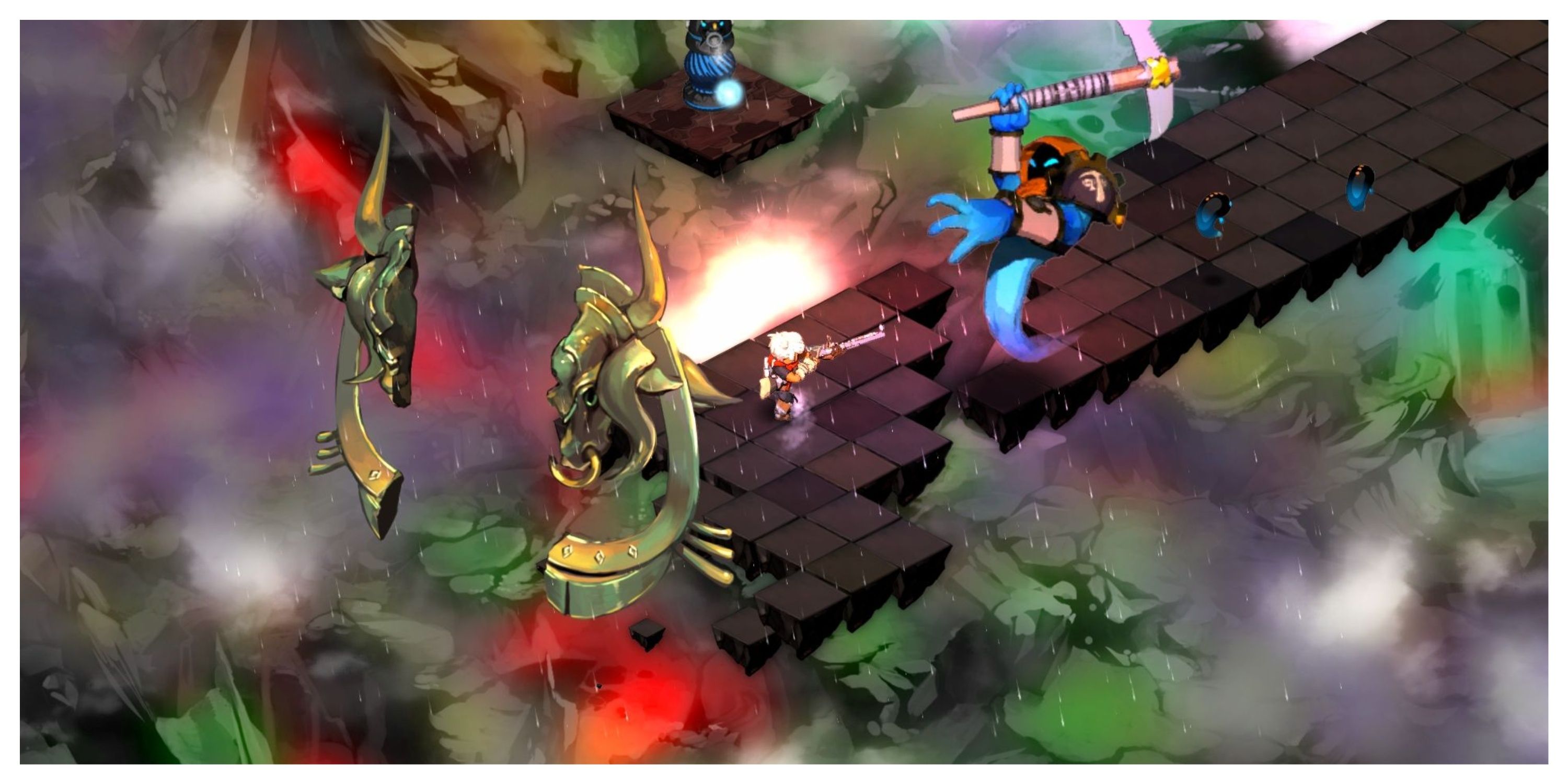
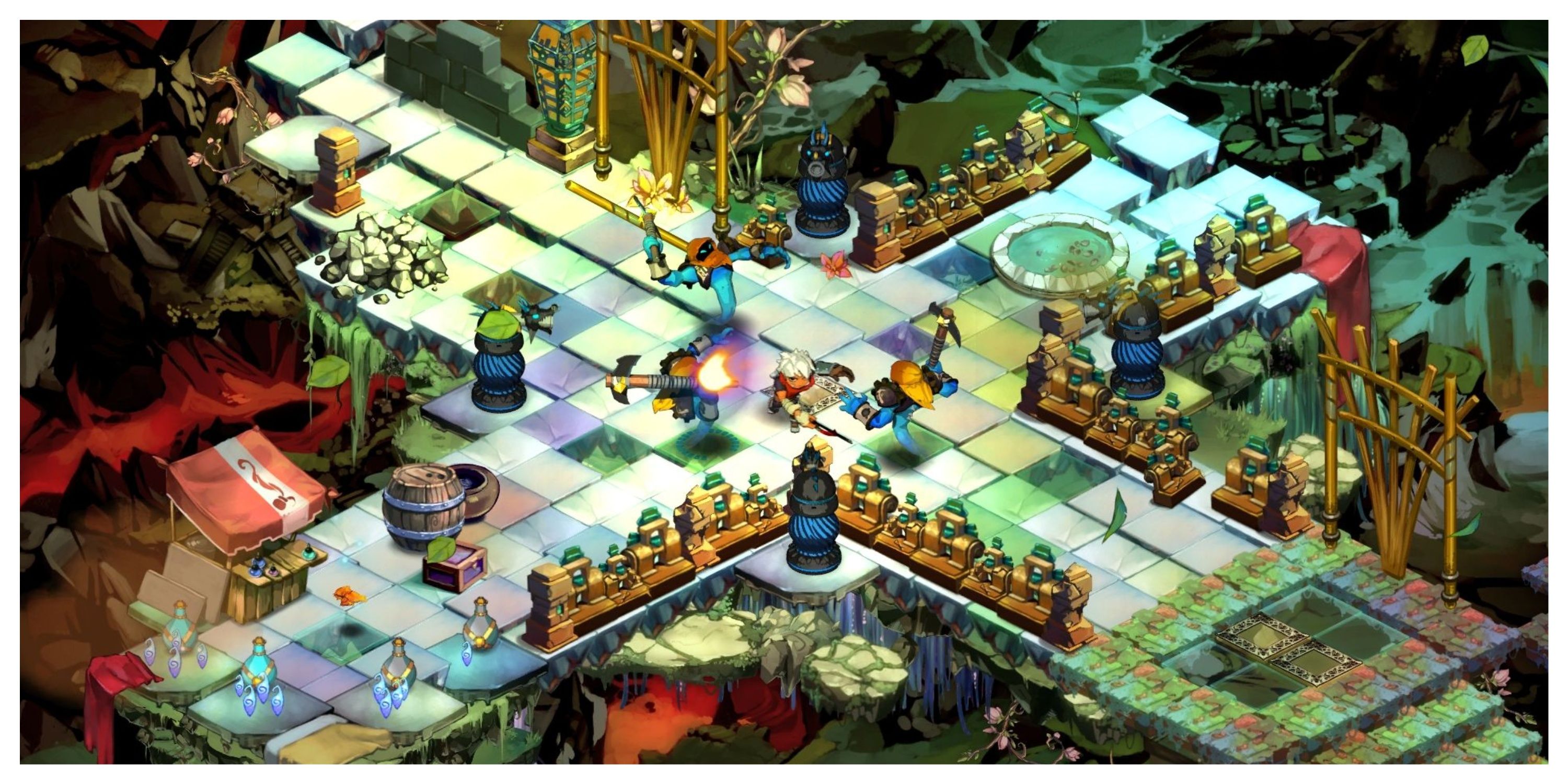
Bastion isn’t a flawed game, but rather feels like an early version of everything Supergiant Games would go on to master. It was their first release, the game that first brought them attention. In it, players guide the Kid as he restores a broken world, literally watching the land reform as he travels. This building mechanic was innovative when the game launched in 2011, and remains one of its most striking qualities.
The fighting in Bastion is easy to pick up and feels good. The Kid can use both close-combat and long-range weapons, and you’ll find new ones throughout the game. Enemies attack in groups, and while it’s enjoyable, it doesn’t have the complexity or range of options found in later games. It’s more basic than games like Hades or Transistor, offering a simpler, more streamlined experience.
Transistor
Turn-Based Sci-Fi Where Red Uncovers The Camerata’s Plot
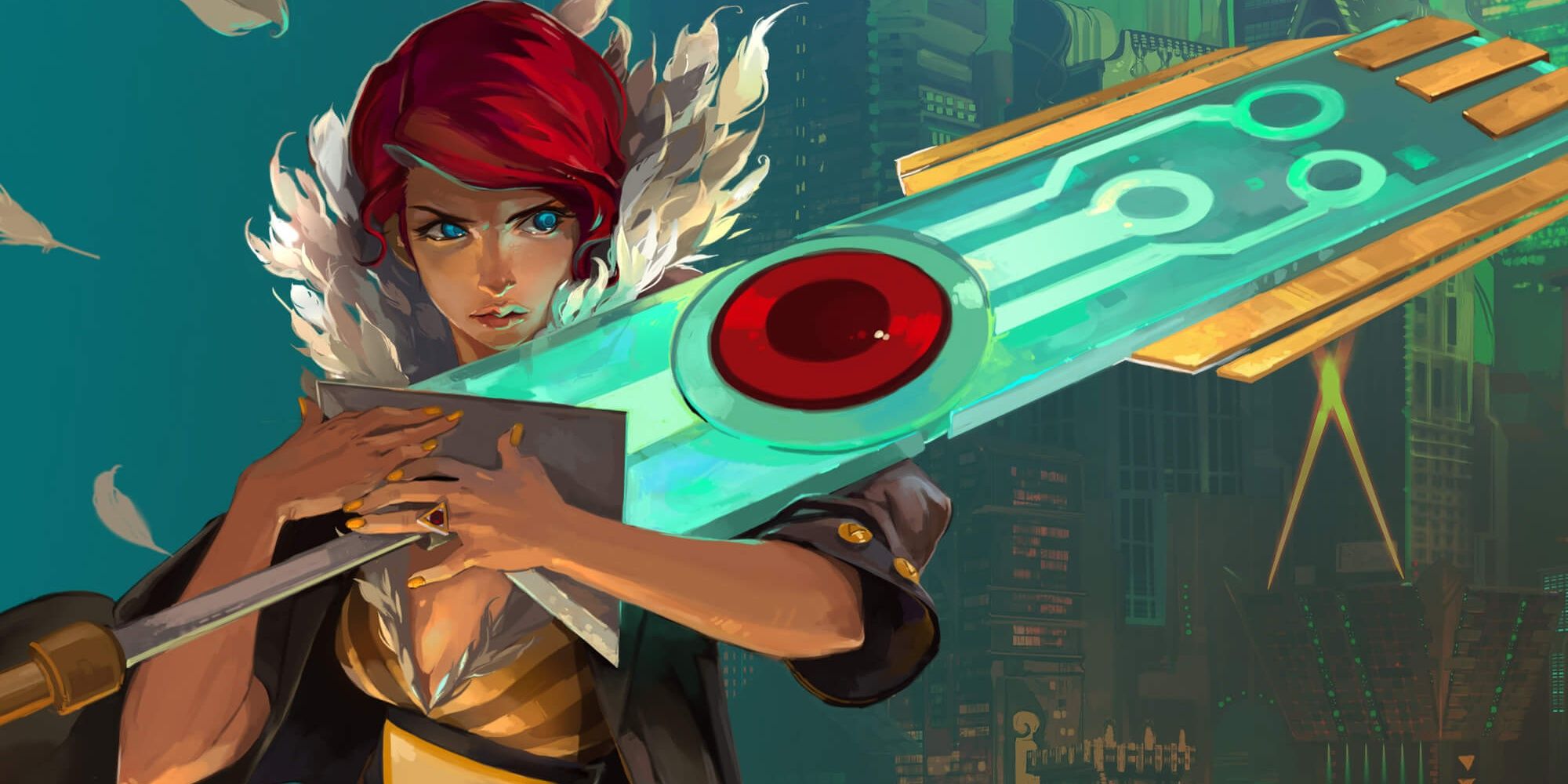

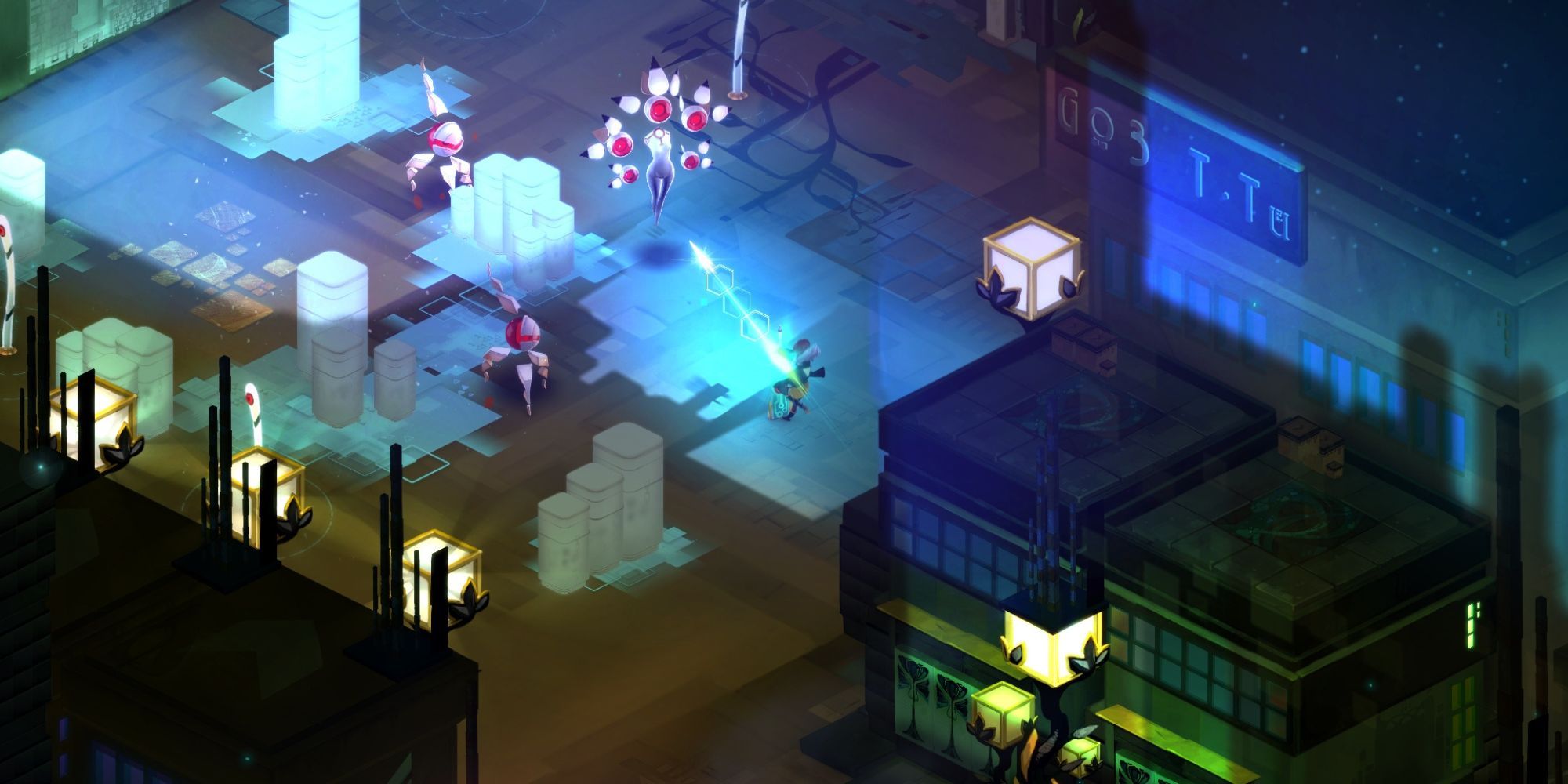
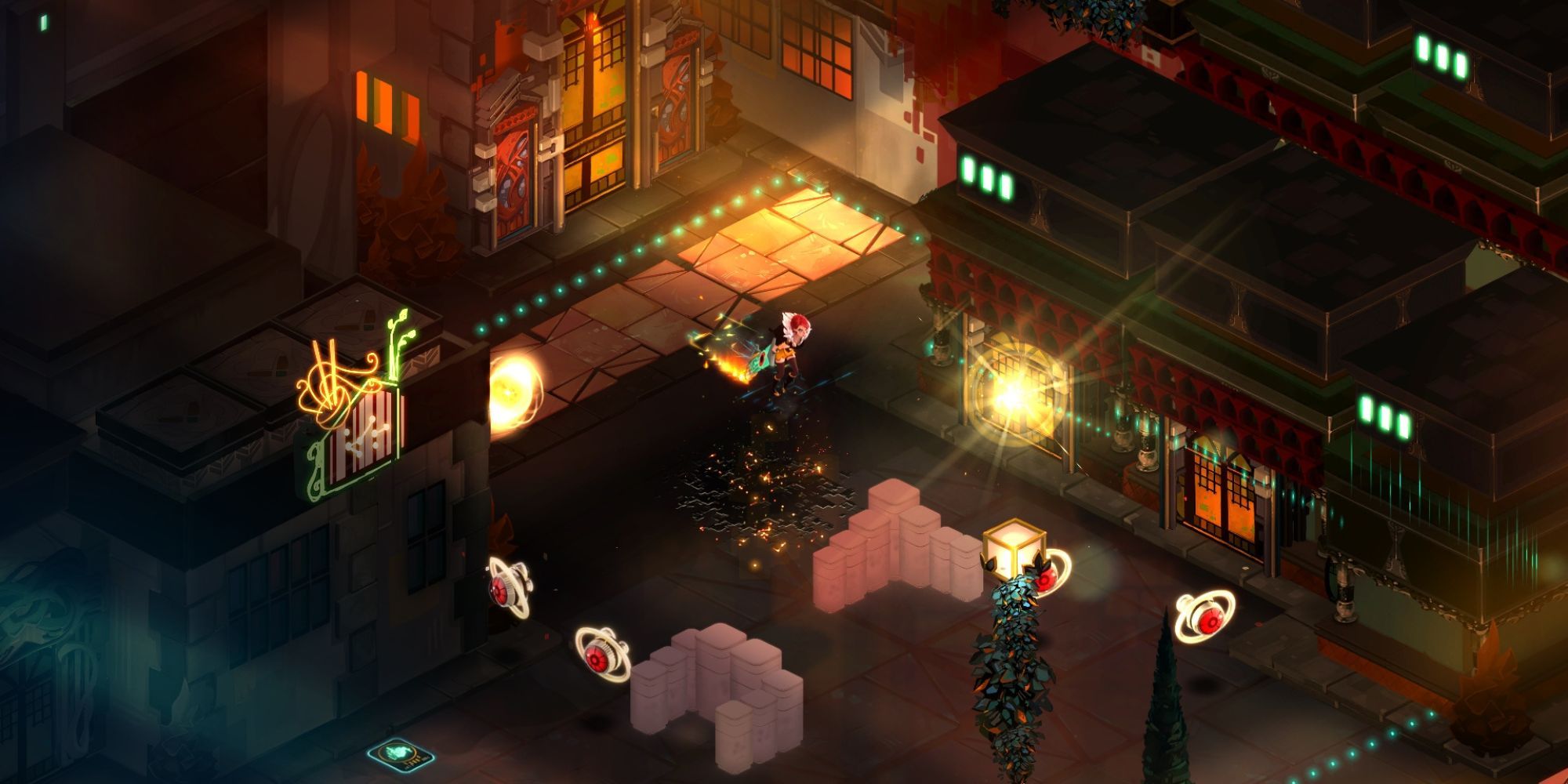
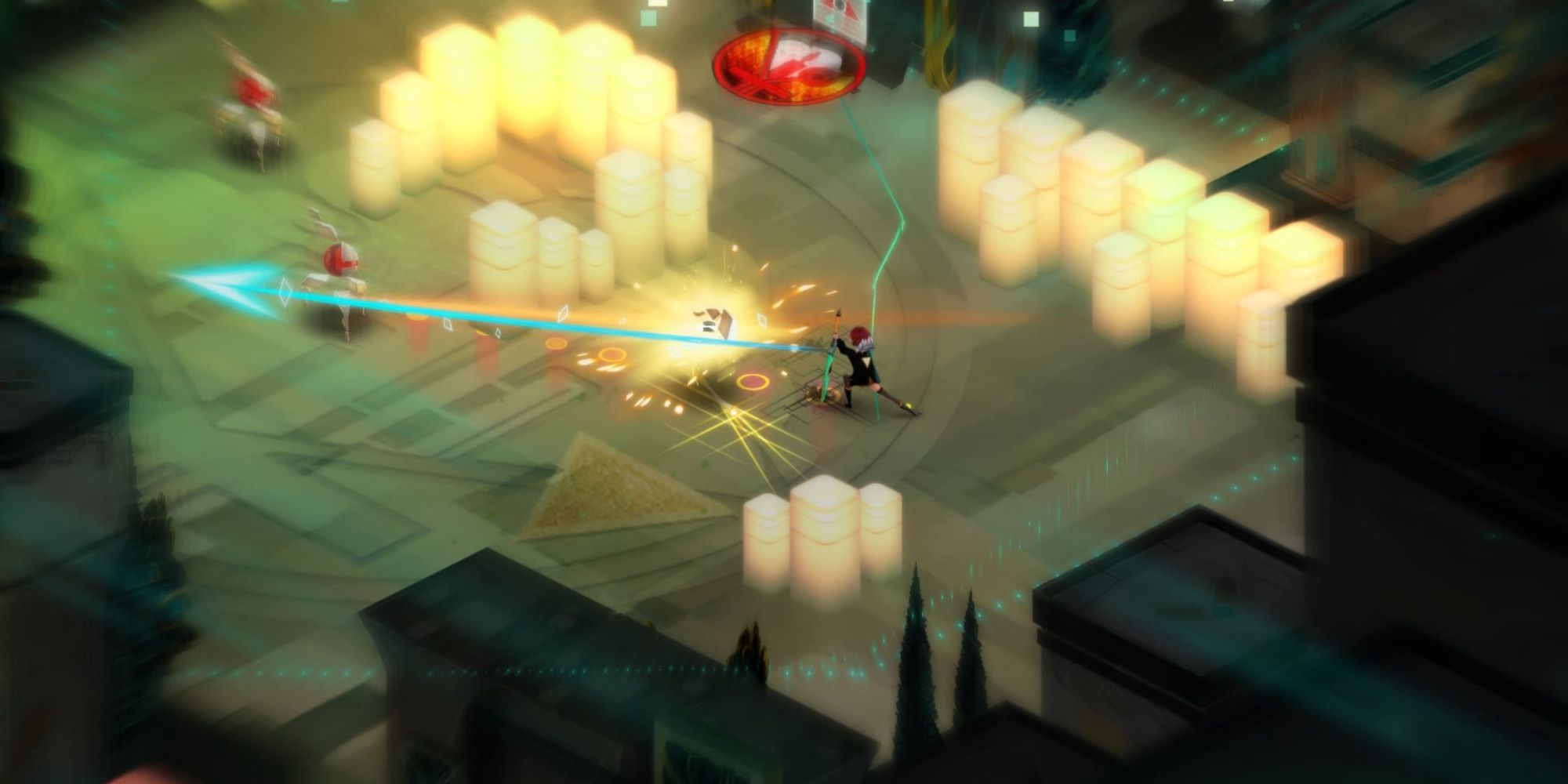
Transistor is an enjoyable, visually appealing, and smart game, though it might not be as easy to get into as some of the top-rated titles. You play as Red, a singer who’s lost her voice, and the Transistor she carries contains the mind of someone she cares about deeply. This weapon actually talks to you during gameplay, offering guidance when needed. What Transistor does exceptionally well is create a strong sense of atmosphere. The game’s city is filled with bright neon lights and detailed art-deco designs. The music blends beautiful, eerie vocals with electronic music, which perfectly matches the futuristic world.
Battles happen in turns, allowing players to plan out intricate attack sequences and then see them play out quickly. This system is adaptable and encourages creativity, as abilities can be customized to fit various playstyles for lots of experimentation. The main drawback is that it might feel a little slower and require more strategic thinking compared to other, more action-packed games from Supergiant.
Pyre
Teams On Exile Compete In The Rites To Earn Their Freedom
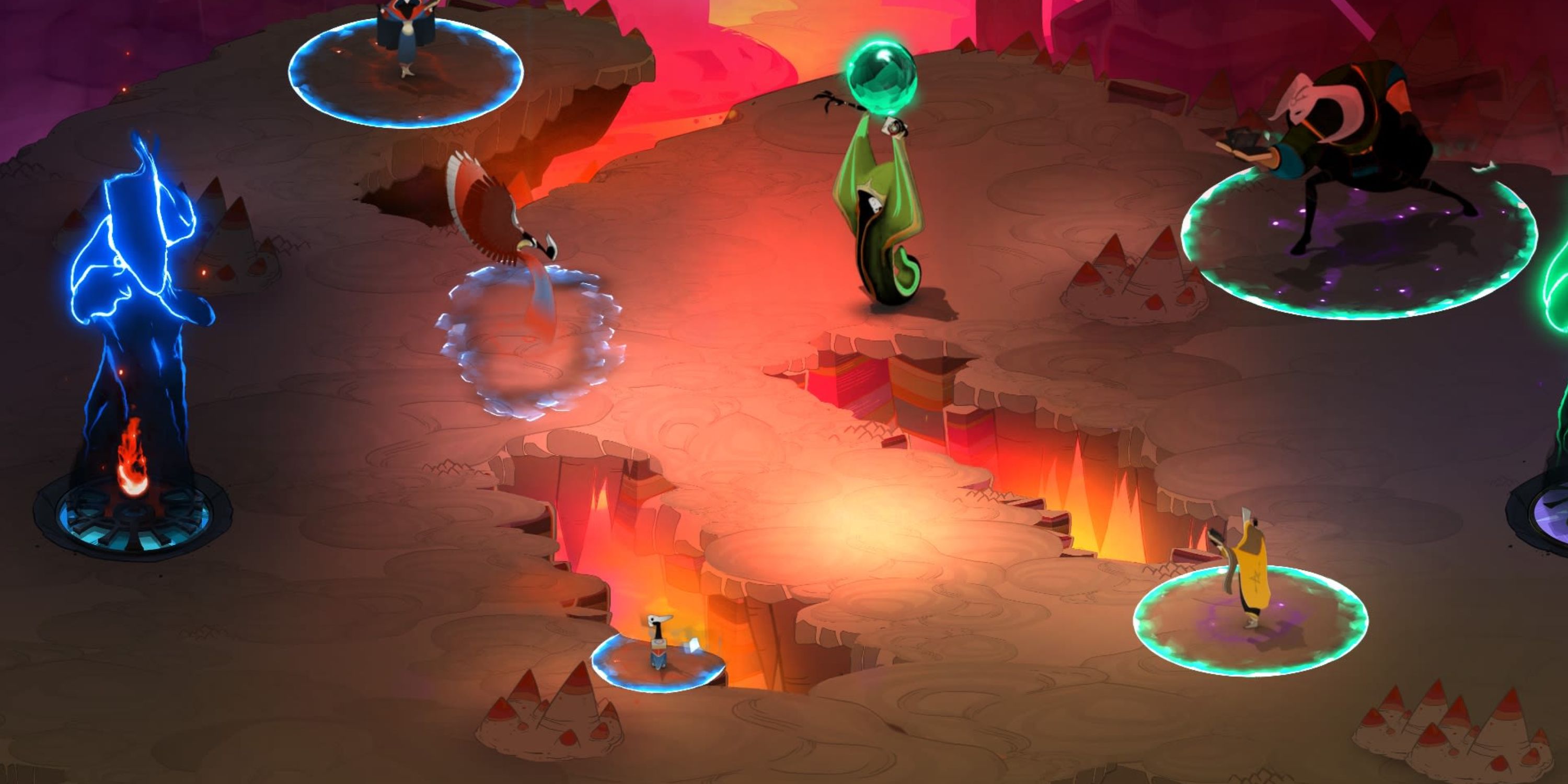
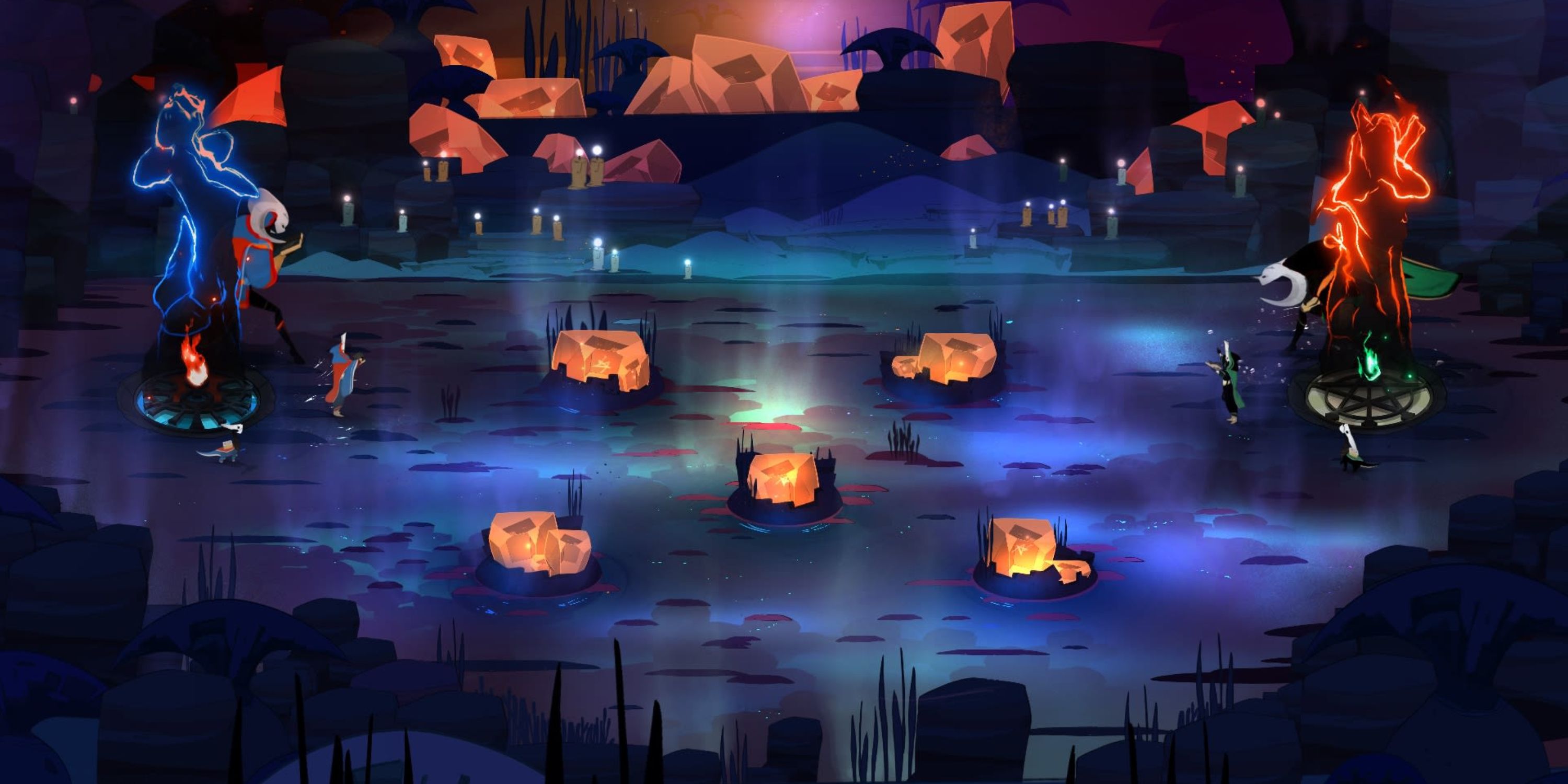
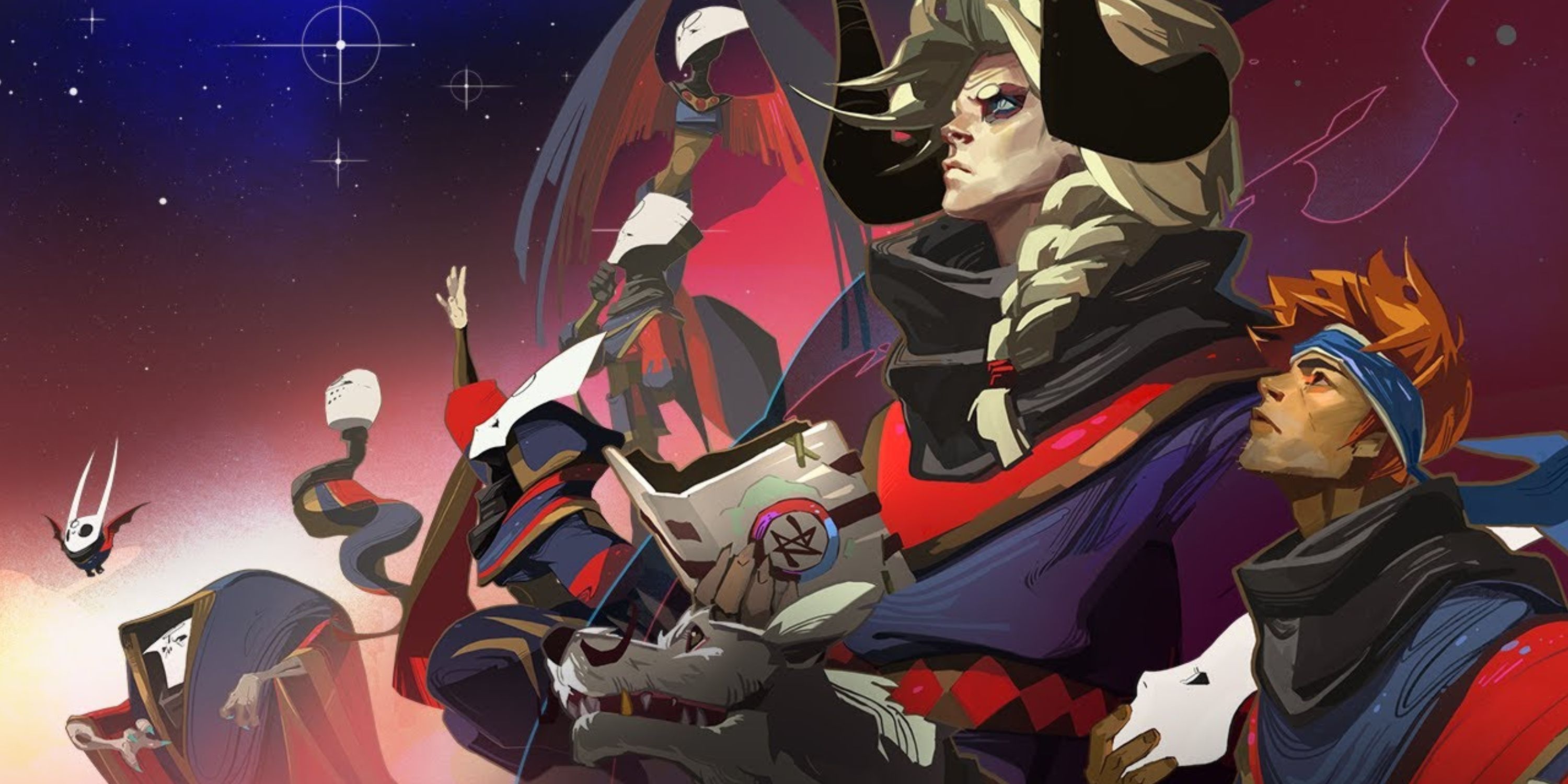
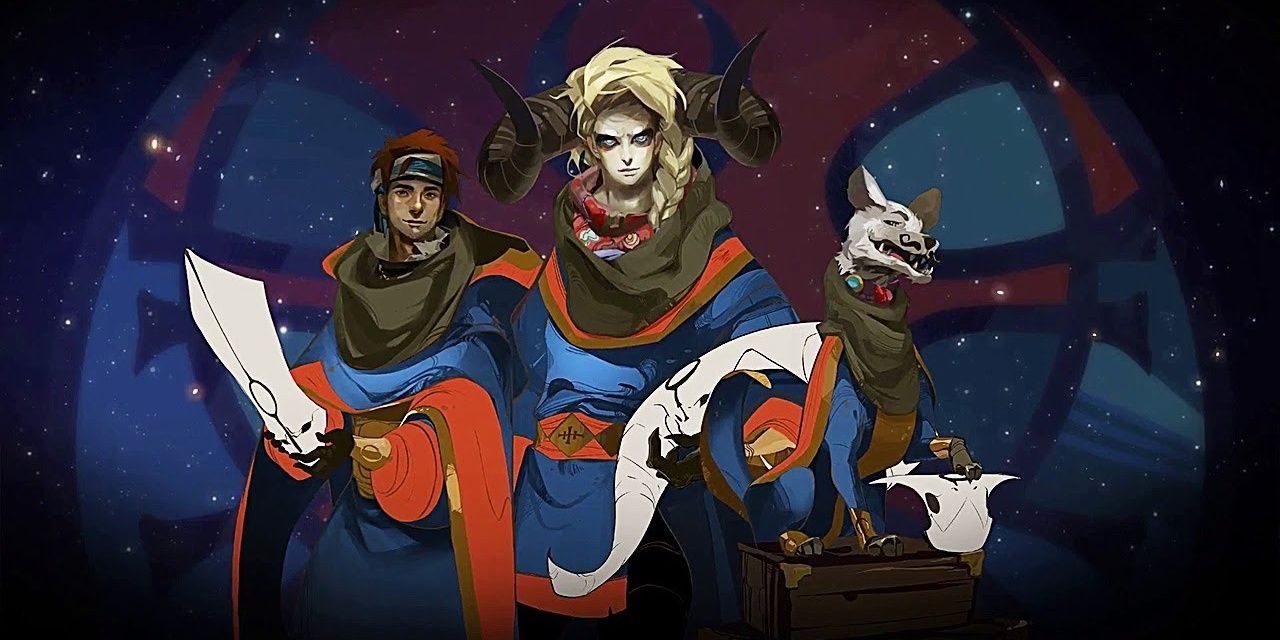
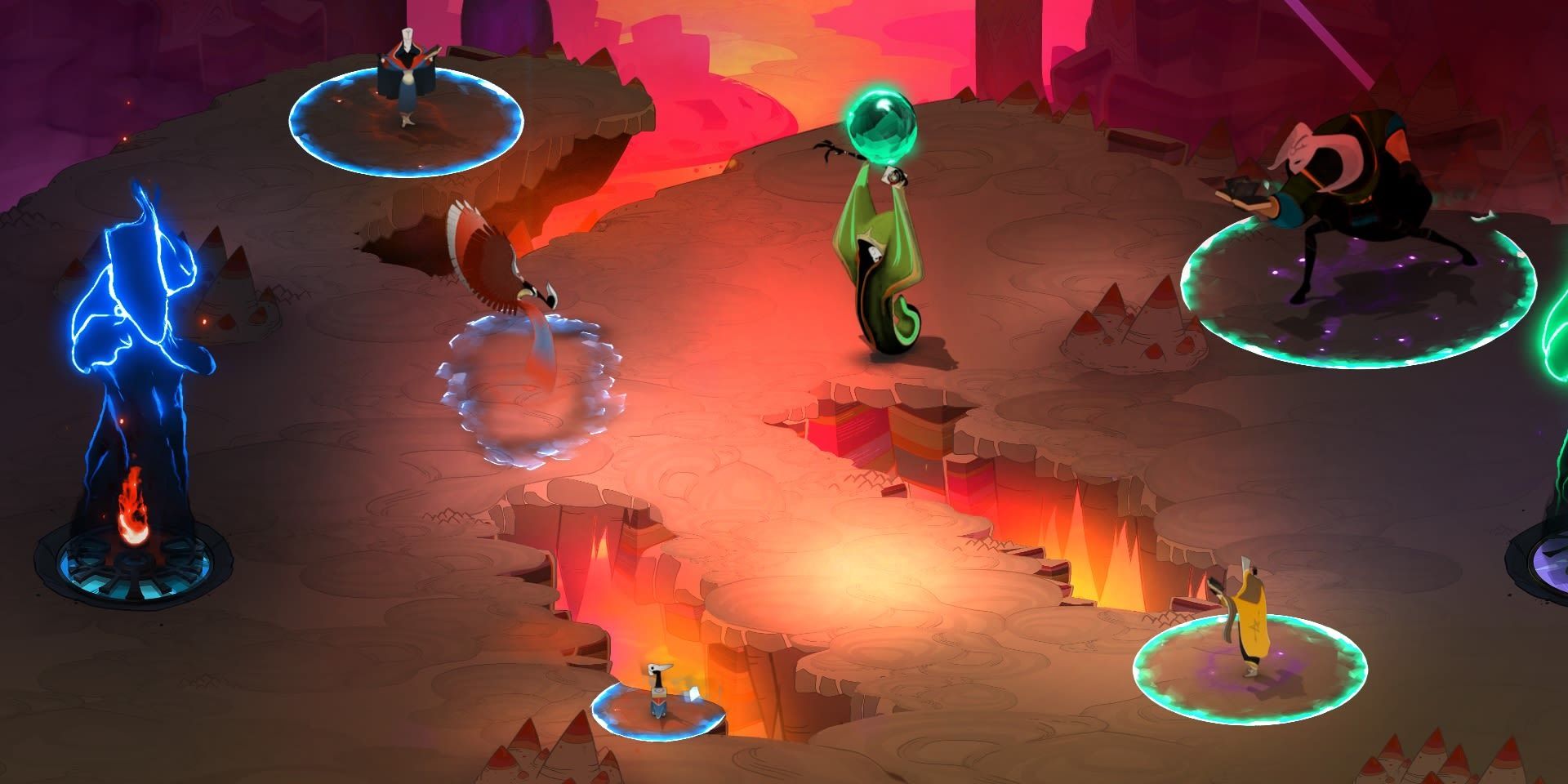
Pyre sits right in the middle of the pack – it’s a game that people either really love or really dislike. It’s not about quick reflexes; instead, it blends storytelling with a unique, magical sport. You guide characters who have been exiled, and they compete in the Rites – think of them as ceremonial matches where the aim is to carry a shining sphere to the enemy’s pyre. If you win, you might be able to liberate a friend from exile. But if you lose, someone will remain trapped.
The Rites sport is quite unique. It combines strategy, cooperation, and fast thinking, but it doesn’t grab your attention as quickly as something like sword fighting or archery. Some players really enjoyed its slower, more thoughtful style, while others found it difficult to get into. That’s a key reason why Pyre isn’t rated more highly. It’s impressively ambitious, but it’s not as easy to recommend to everyone.
Hades 2
Melinoë’s Battle Against Chronos Features Expanded Magic & Larger Worlds
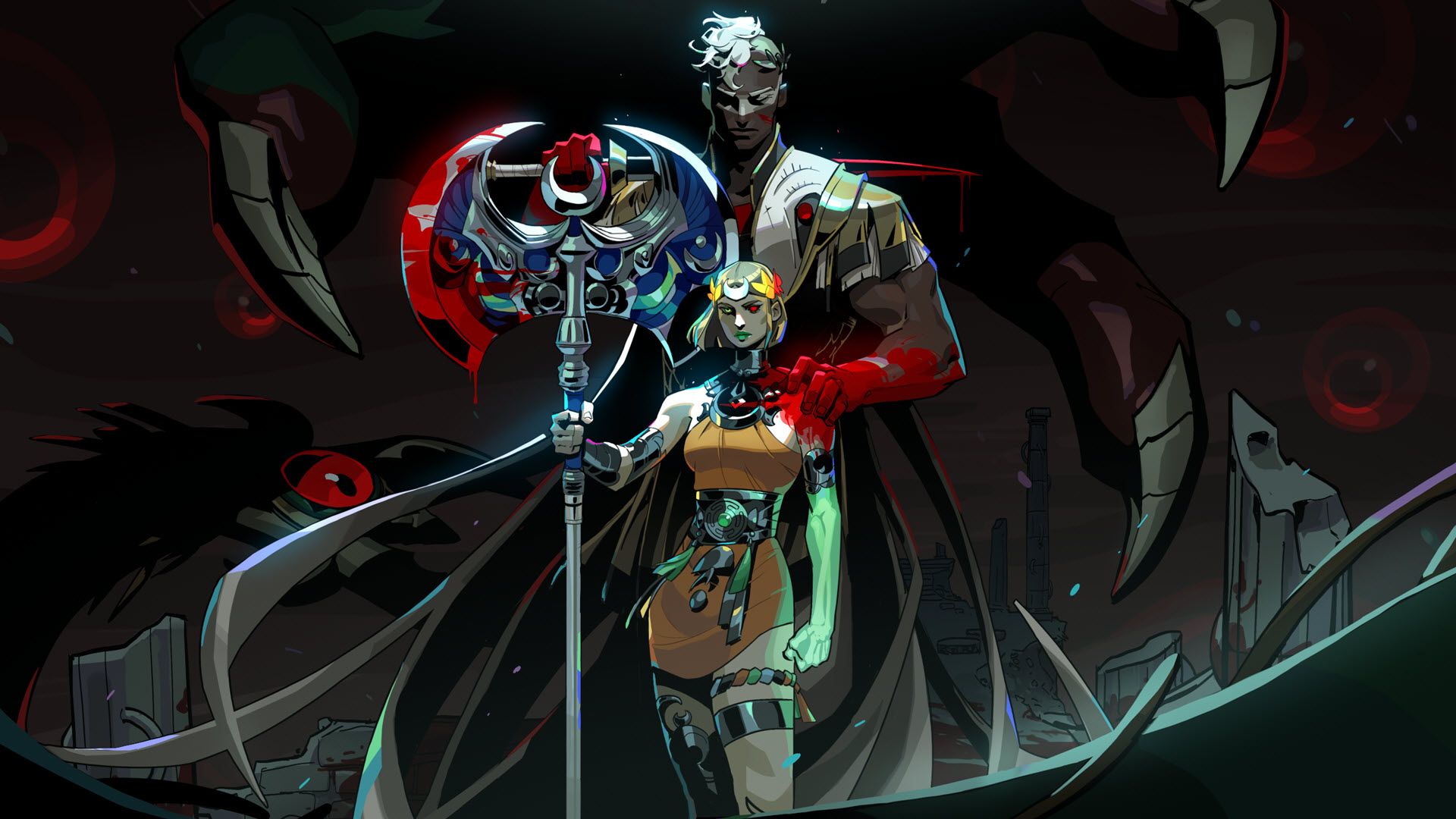
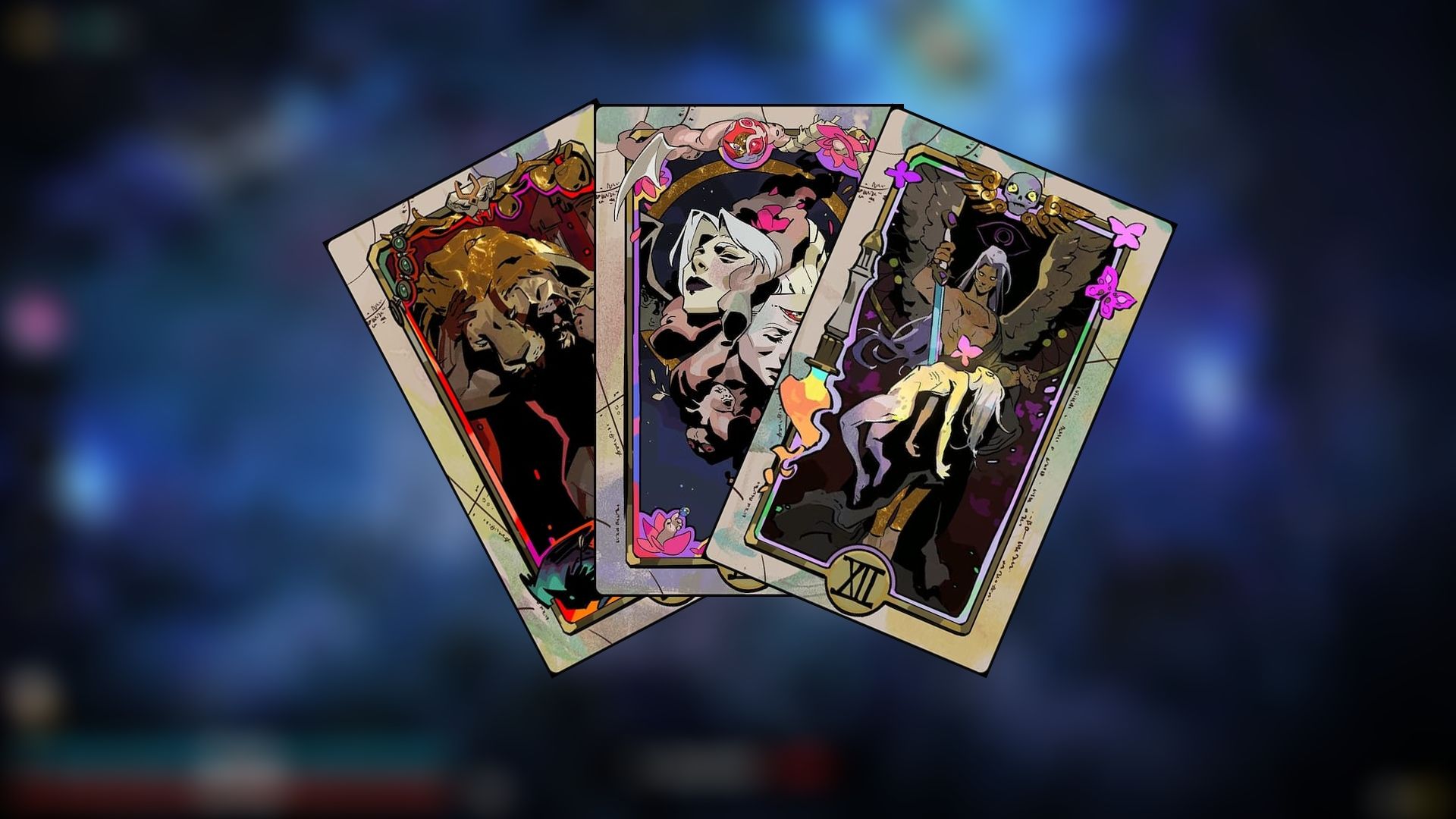
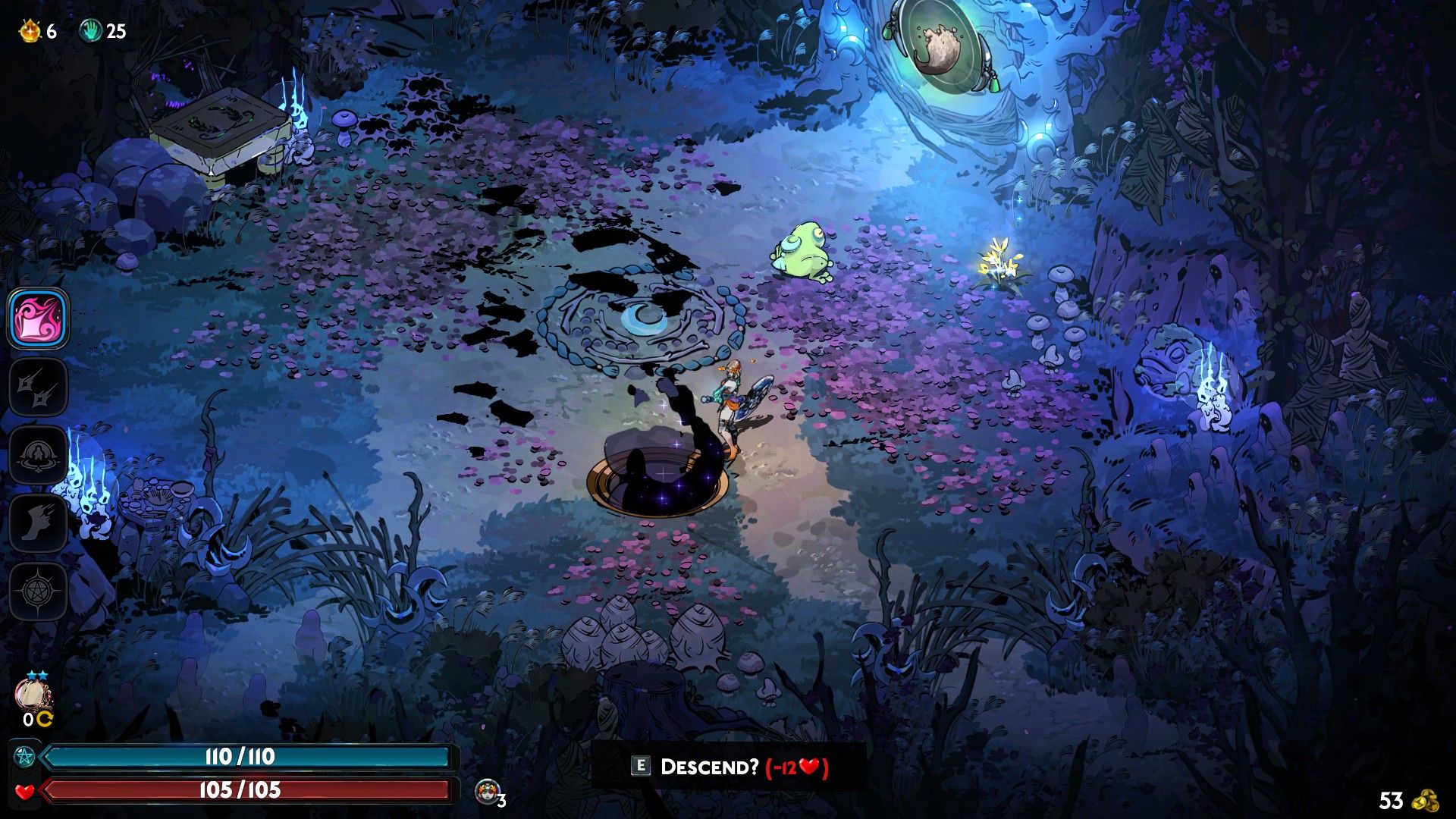
Hades 2 takes the runner-up spot by building on what worked before and offering a new experience. This time, you play as Melinoë, Zagreus’s sister, as she battles Chronos, the Titan of Time. Unlike her brother, Melinoë relies more on magic and spells than just weapon skills. This single change makes the game feel new and exciting, while still keeping the core elements that made the original Hades so successful.
The gameplay loop is still recognizable: you’ll venture into new locations, gather materials, battle stronger foes, and then return to advance the narrative. However, Hades 2 builds upon this foundation with added complexity. It features larger skill trees, more intricate crafting options, and bigger environments to explore. While these additions provide greater long-term engagement, they also make the game feel a bit slower paced than the original, which was known for its streamlined and focused design. It’s still a fantastic game, but it lacks some of the original’s immediate impact.
Hades
Greek Gods Shape Every Run, And Death Pushes The Story Forward
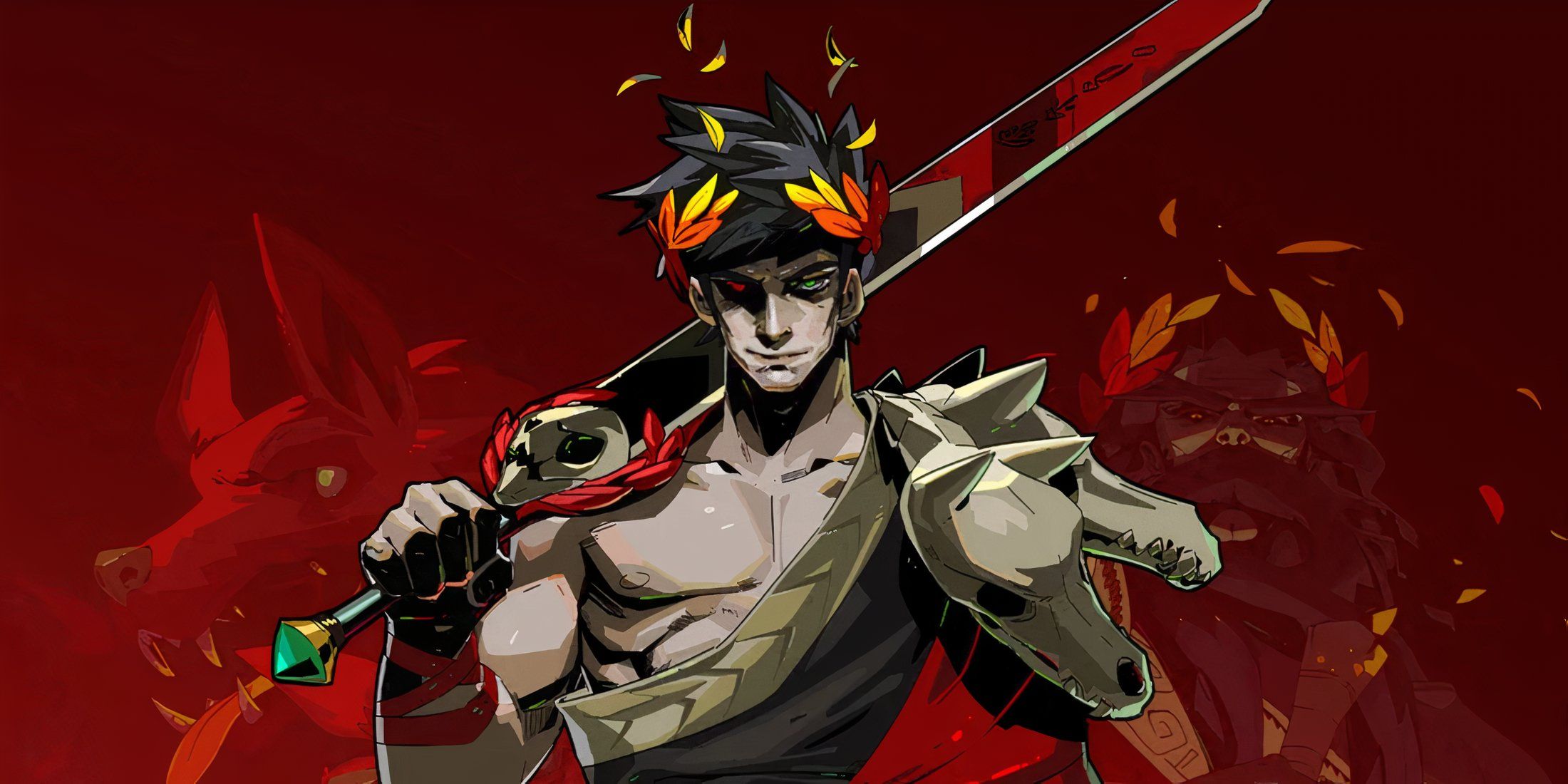
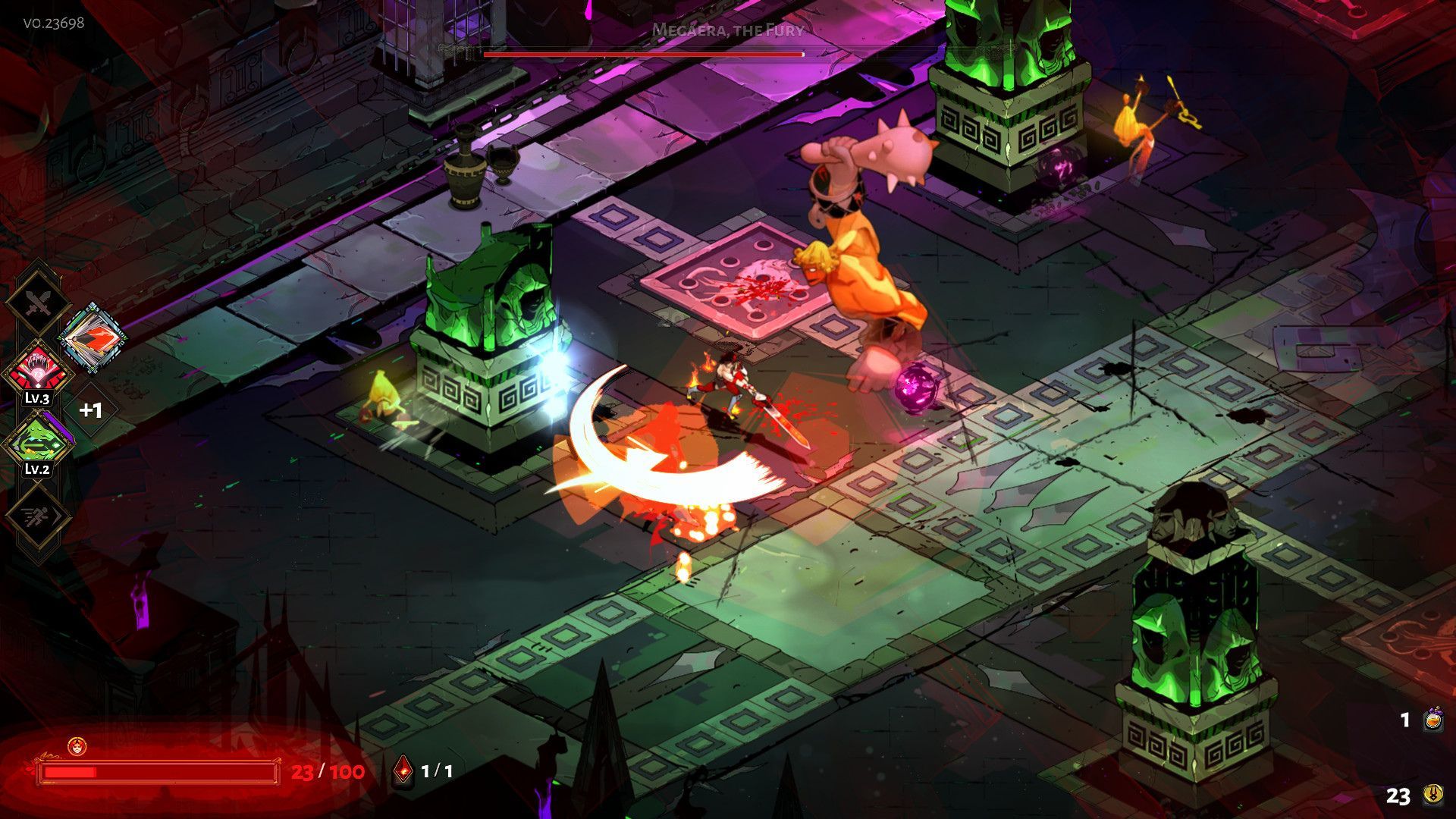
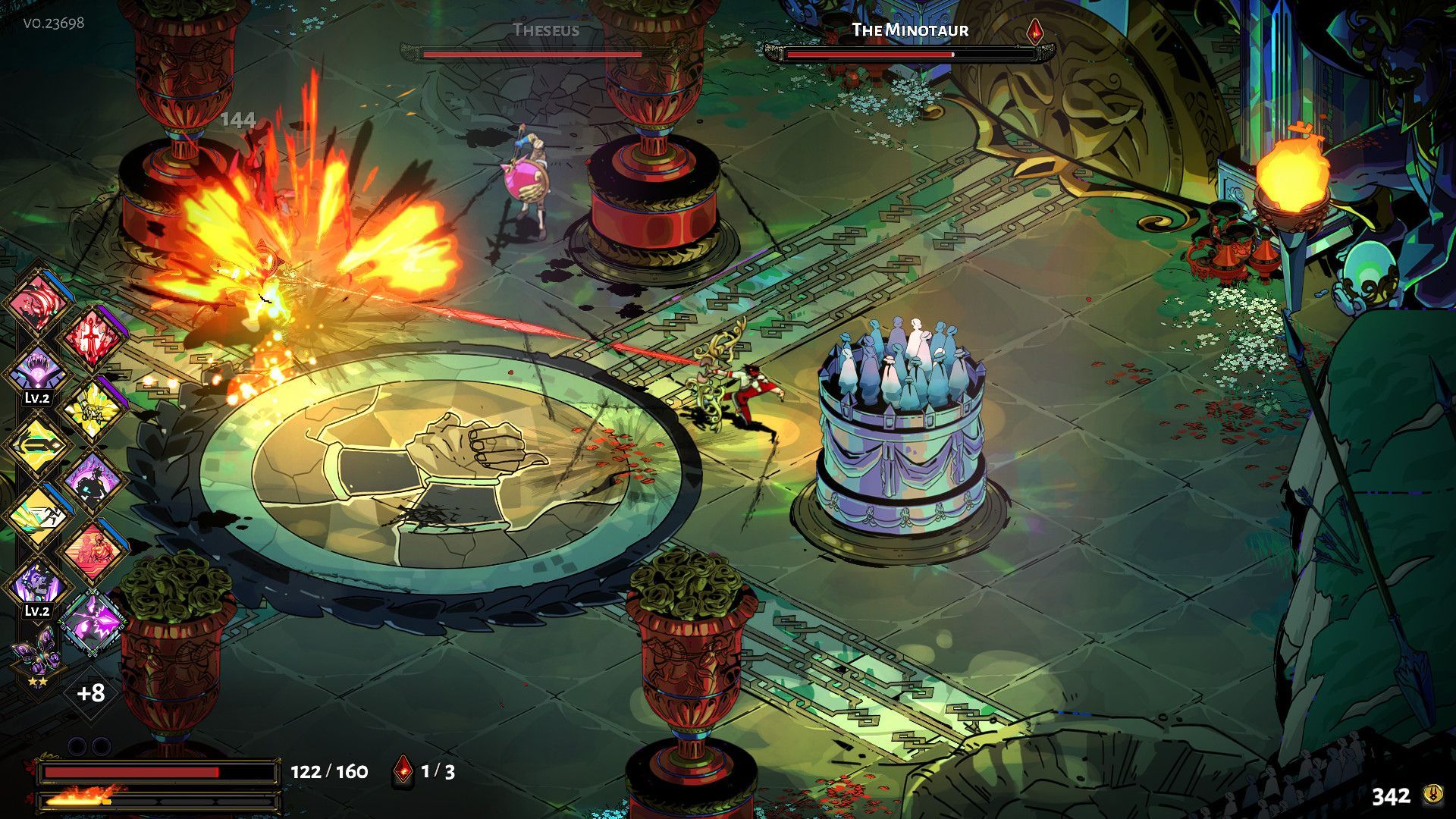
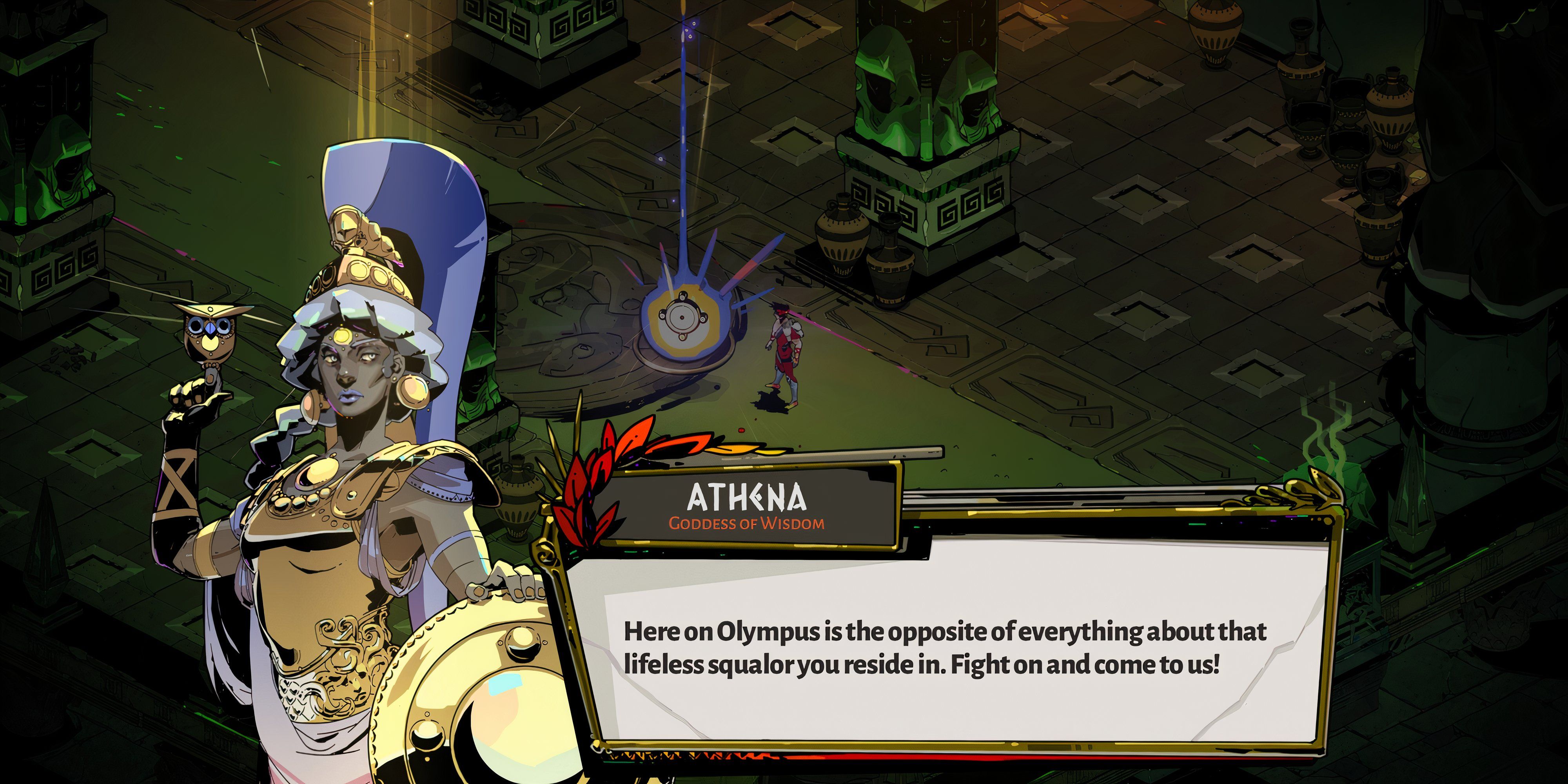
Hades deserves its top ranking because it successfully broadened the appeal of a traditionally difficult genre – roguelikes – without sacrificing what makes them fun. Roguelikes are known for being unforgiving, but in this game, death is simply a part of the process. Each time Zagreus is defeated, he returns with fresh conversations, character development, and improvements that help him on his next run. This turns potential frustration into a desire to explore and learn more.
This game is a roguelike where each class and weapon truly feels unique – from swift hand-to-hand combat to the deliberate pace of a powerful bow. This is the core of what makes the combat so effective. The addition of powerful, divine boons that alter how each weapon functions ensures that every playthrough feels fresh. For example, one run might grant a shield that bounces attacks back at enemies, while another could add a lingering damage effect to Zag’s sword strikes. This constant variety keeps the experience engaging, and the combat is both quick and satisfying without ever feeling chaotic or difficult to manage.
Read More
- Rebecca Heineman, Co-Founder of Interplay, Has Passed Away
- 9 Best In-Game Radio Stations And Music Players
- Gold Rate Forecast
- Byler Confirmed? Mike and Will’s Relationship in Stranger Things Season 5
- Ships, Troops, and Combat Guide In Anno 117 Pax Romana
- All Exploration Challenges & Rewards in Battlefield 6 Redsec
- Upload Labs: Beginner Tips & Tricks
- USD PHP PREDICTION
- How to Get Light Bulbs in ARC Raiders
- ADA PREDICTION. ADA cryptocurrency
2025-10-05 14:05
